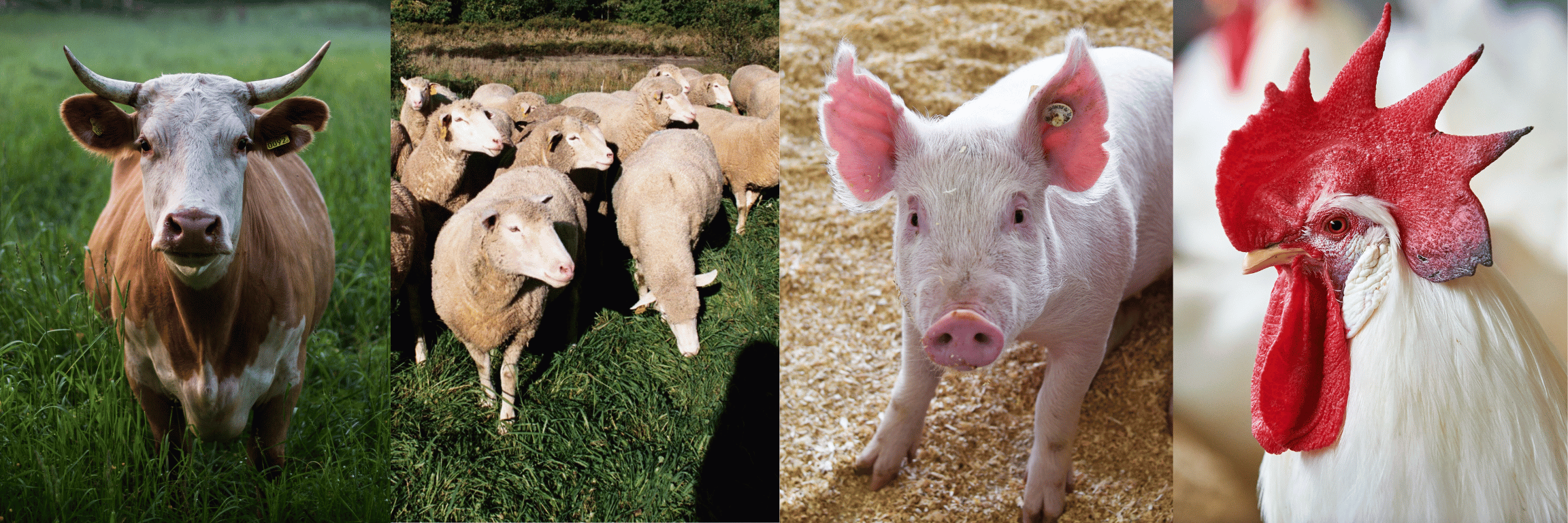Diversified Livestock Extension Program

MacKenzie White
| Phone: | 860-774-9600 ext. 21 |
|---|---|
| E-mail: | mackenzie.white@uconn.edu |

MacKenzie White is the new Diversified Livestock Extension Field Based Specialist with UConn Extension. MacKenzie earned her Associates of Applied Animal Science from UConn Ratcliffe Hicks School of Agriculture, a Bachelor of Science in Agriculture and Natural Resources from UConn College of Agriculture, Health and Natural Resources, and a Masters of Agriculture in Agricultural Science with an Integrated Resources Management Specialization from Colorado State University.
MacKenzie is no stranger to working for UConn Extension or when it comes to being out in the barn working with livestock. Growing up on a small farm in southern Maine is where the passion and interest for livestock and production agriculture started. MacKenzie’s new role with UConn Extension involves planning, implementing, and evaluating impactful extension programs primarily related to commercial livestock production. Livestock species include but are not limited to beef, sheep, swine and goats. Prior to working at UConn Extension, she was an Agriculture Marketing & Inspection Representative with the CT Department of Agriculture and before that she supported multiple successful UConn Extension programs as an Educational Program Assistant. Outside of work, she owns and operates a small farm in Eastern Connecticut with her family. MacKenzie is most excited to meet and work with Connecticut producers from all different backgrounds and operations. If you’re currently a livestock producer in Connecticut or thinking of becoming one, please don’t be shy, reach out!
Upcoming Events
Stay tuned!
Resources
Thinking about biosecurity? That's a great first step, developing a well-thought-out plan is next. Make sure that all family members, employees, and other personnel that interact with animals on your operation know how to follow the biosecurity plan, and have the resources and training to do so. Review and update the biosecurity plan annually. Download a copy of our biosecurity plan template to use on your operation.